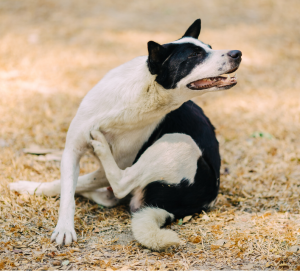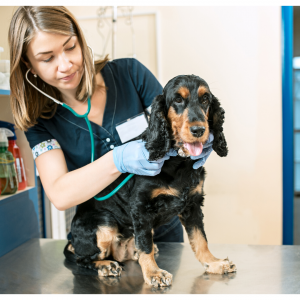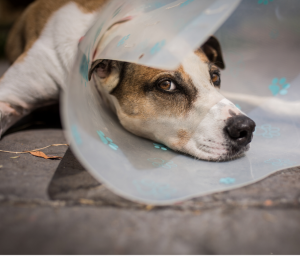 Anyone with a dog has probably experienced this at one time. You’re absentmindedly petting the dog when you suddenly feel a lump that you never noticed before. If you’re like most people, your mind immediately jumps to “cancer.” But don’t panic just yet.
Anyone with a dog has probably experienced this at one time. You’re absentmindedly petting the dog when you suddenly feel a lump that you never noticed before. If you’re like most people, your mind immediately jumps to “cancer.” But don’t panic just yet.
Although your veterinarian may want to remove any growths to examine them and know for sure, that doesn’t mean they suspect cancer. Abnormal growths can be the result of a number of different things.
Non-cancerous types of lumps include cysts, warts, blood blisters (hematomas), and infected hair follicles. While they may not be cancerous, they can be uncomfortable, so your veterinarian may choose to remove them or may suggest simply monitoring.
One common non-cancerous growth is a cyst. Plugged oil glands result in sebaceous cysts, other cysts might be made up of dead cells, sweat or fluid. Often these will heal on their own, but they may also become irritated or infected, in which case they can be removed.
A lipoma is a lump that is under the skin. It’s a soft, round mass that is usually not painful and generally not cancerous. They grow to a certain size and stay in place, remaining benign. Lipomas are also fairly common.
 Your veterinarian may choose to remove a growth for further evaluation, or they may decide to leave it in place and observe. As long as it isn’t growing rapidly or creating any physical problems for the dog, this may be the more conservative approach.
Your veterinarian may choose to remove a growth for further evaluation, or they may decide to leave it in place and observe. As long as it isn’t growing rapidly or creating any physical problems for the dog, this may be the more conservative approach.
Cancerous tumors are either benign or malignant. Benign tumors typically stay in one location, but they can grow quite large in some cases. Malignant tumors spread quickly to other parts of the body. The most common types of tumors in dogs are mammary gland tumors, mast cell tumors, cutaneous lymphosarcoma, malignant melanoma, and fibrosarcoma.
There are a several different ways in which your veterinarian might examine or test a growth. An impression smear consists of putting a glass microscope plate against a raw mass to collect cells for diagnosis. A needle biopsy inserts a needle into the mass and sucks out cells to put on a microscope plate. With a tissue biopsy, a piece of the growth or all of the growth is cut away for examination.
 Treatment for non-cancerous and cancerous growths may involve surgical removal. Cancerous growths may then be treated with chemotherapy and or radiation or one of the more experimental treatments such as gene therapy or immunotherapy.
Treatment for non-cancerous and cancerous growths may involve surgical removal. Cancerous growths may then be treated with chemotherapy and or radiation or one of the more experimental treatments such as gene therapy or immunotherapy.
The most important thing is to know your dog’s body. Get used to doing regular checks for anything new or abnormal. Be sure to point things out to your veterinarian during regular checkups or, if a lump is growing quickly or causing problems, contact your veterinarian for an appointment.
